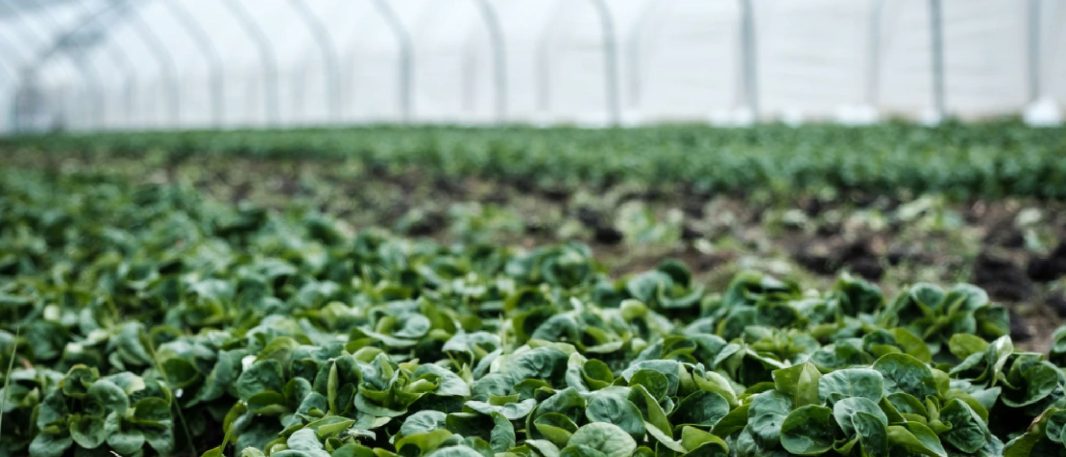The food industry is a hard market to survive in and has many ups and downs. It is survival of the fittest now and it always has been, but what about the future? It is hard to answer questions like “How can you increase food sales and decrease waste?” all in one breath.
Aren’t these two separate questions?
According to the Australian Institute of Food Safety blog, Managing Director at IKEA Food Services AB, Michael La Cour says, “Reducing food waste goes hand in hand with reducing costs.” Treating these two issues separately is a big part of the problem.
Whether you are a restaurateur, own a local eatery, a grocer, or an eCommerce food service, these 5 must-do tips are steps you can take to beat your bottom line, purchase produce, and use your stock wisely to avoid unnecessary wastage.
Forecast, order, and inventory management
The food industry and restaurants, in particular, are widely known for their high percentages of food waste, but this trend can change—and is changing—but how?
To increase profitability and decrease waste at the same time you have to know how to manage your stock from the supply chain to the delivery truck, to the rubbish bin. Without intuitive forecasting, ordering and inventory management solutions, it’s too hard to keep count of your stock in-house, then to manage cost and waste issues within the entire supply chain? Impossible!
But all tech systems rely on one thing to give you the best results. You have to feed them. And what do they eat? Data, which means taking practical and sometimes physical steps to produce the great information they thrive on by transforming waste into usable statistics.
Food waste as a measurement
Implement a food waste measurement process by setting aside the food that’s lost before or during preparation, or the food products that, for whatever reason, could not be sold. Record then calculate the data. To achieve this you must have your staff on board and informed as they are the ones who’ll put the pork chop on the scales.
Staff engagement

When considering your strategies for reducing waste and selling more food in your supermarket, restaurant, café, local chipper, or greengrocer, don’t forget about the role your employees will take in the process. They will be the ones in the kitchen and on the floor selling the food. They can make a positive or negative impact.
The impact must be a positive one, so neglecting to take straight strides forward now will be catastrophic. Keep your staff engaged by providing training, incentives, and inclusive work culture.
The Orderly Score can help here, too:
The Orderly Scorecard focuses on three areas; using AI to display three sustainability areas that the store is doing well at, two they can improve upon and finally one overall “Orderly Score”.
We believe this tool will not only make vast savings within each store but also have the influence to create a more sustainable way of working -drastically cutting food and beverage waste.
When store managers are following the recommendations to make incremental improvements each week, profitability and sustainability will increase week-on-week. Multiply this gradual improvement across an entire store estate, and you can see just how powerful the Orderly Scorecard and Orderly Score can be.
Food handling
From the paddock to the plate, food is held by many hands. Robust processes must pave the way for these products to arrive ready for use, and the restaurant or food establishment staff are only some of the hands involved, albeit important ones. Theirs will be the hands to rotate stock in the freezer, practice food hygiene, prepare, cook, plate, serve, and sell. Providing them with proper guidelines will help them immensely. Consider:
Formulating the menu
The menu isn’t just a sales tool or a customer order guide; it’s also an eatery’s catalogue of dishes for the chef. The kitchen staff should have set recipes for every dish to ensure food stocks are used as predicted and planned. Recipes are formulas to be followed and are also the brand’s signature. They eliminate the guesswork which will save on resources.
Risk management and the HACCP
Hazardous Analysis and Critical Control Points, or HACCP for short, is the global gold standard certification for food safety. If you’re in the food industry, you’ll know about it, and it will be part of your risk management plan to identify, assess, reduce, and prevent hazards.
In any business, risk management and safety should be a top priority, and in the hospitality space, it is an all-too-proven must-have. Vigilance prevents food contamination and spoiling in restaurants, but the environment also needs to be a concern, because food decomposition produces methane and causes other hazardous contamination, e.g. to soil and surface water. So having a waste plan is money in your pocket.
Waste management
Businesses have a responsibility to take concerted action in protecting the environment and control their waste contribution. Making a plan to manage waste will avoid binning it into landfill could look like:
- Composting for herb and veggie gardens
- Repurposing dishes into other recipes (think like a mum and economise with comfort casseroles)
- Donating food to charitable community kitchens (might even be a tax-break in it for you)
- Reducing the use of disposable items (always a solid plan)
- Recycling non-food products (the least you can do)
- La Cour (mentioned above) goes on to say that he considers the prevention of food waste to be an excellent strategy for businesses and “an opportunity to create a better world”. Food companies that control their waste will reduce their negative impact on the environment and ultimately increase their revenue profitability.
The bottom line
Food waste can be decreased while food sales increase with some simple steps, like staff inclusion and excellent management practices across the entire supply chain, from ordering to inventory to forecasting and planning. Implementing the necessary changes can be an easy fix if you choose Orderly, the award-winning, fully integrated supply chain solution.







